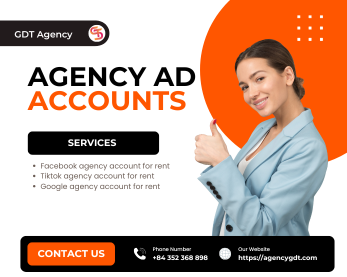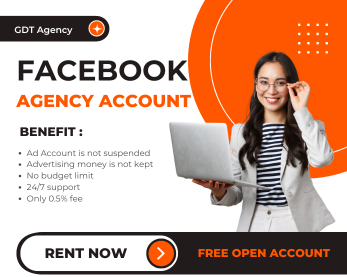Facebook advertising remains a powerful tool for reaching billions of potential customers. However, to maintain a healthy ad ecosystem, Facebook imposes certain limitations, known as the Facebook ad limit. This comprehensive guide will equip you with the knowledge and strategies to navigate these limits effectively in 2025.
Understanding the Facebook Ad Limit Framework
Facebook’s ad limits are designed to prevent ad saturation, encourage strategic planning, and ensure a positive user experience. They primarily revolve around the number of ads you can run concurrently, categorized by your page size and spending.
Why Does the Facebook Ad Limit Exist?
The Facebook ad limit serves several key purposes:
- Optimizing Ad Performance: Limiting the number of active ads allows Facebook’s algorithm to effectively learn and optimize ad delivery, leading to better results. A study by Wordstream found that campaigns with lower ad frequency and higher-quality creatives saw an 18% increase in conversion rates compared to campaigns with a high volume of low-quality ads.
- Enhancing User Experience: Excessive ads can lead to ad fatigue and a negative user experience. Facebook ad limits help maintain a balance between ads and organic content, ensuring users remain engaged.
- Preventing Spam and Misuse: Limits help curb the spread of spam and malicious advertising practices, protecting users from fraudulent or harmful content.
How the Facebook Ad Limit Works

Facebook categorizes pages into four tiers based on their advertising spending:
| Advertiser Size | Facebook Ad Limit |
| Small to medium-sized pages (spending less than $100K per month on ads) | 250 ads |
| Medium to large-sized Pages (advertising less than $1M in their highest spending month) | 1,000 ads |
| Larger Pages (less than $10M in their highest spending month) | 5,000 ads |
| Largest Pages (Advertising more than $10M) | 20,000 ads |
Determining Your Facebook Ad Limit
To find your specific ad limit, use the Ad Limits Per Page tool within Facebook Business Manager. This tool provides insights into your current limit and offers suggestions for reducing your ad volume if necessary.
Deconstructing the Facebook Ad Account Structure

To effectively manage your ads and stay within the Facebook ad limit, it’s essential to understand the hierarchical structure of a Facebook ad account.
- Account Level: This is the top level, representing your overall advertising profile and housing all your campaigns, ad sets, and ads.
- Campaign Level: Here, you define your advertising objectives, such as brand awareness, lead generation, or website traffic.
- Ad Set Level: This is where you set your target audience, budget, schedule, and bidding strategy for each campaign.
- Ad Level: At this level, you create the actual ad creatives, including images, videos, and text.
Learn more: How to Find Your Facebook Ad Account ID: A Comprehensive Guide
Common Facebook Ad Account Limits

In addition to the overall ad limit, there are other restrictions within each level of the ad account structure:
- Campaign Limits: The maximum number of campaigns allowed per ad account is 250.
- Ad Set Limits: You can have up to 1,000 ad sets per campaign.
- Ad Limits: Each ad set can contain up to 5,000 ads. However, Facebook recommends keeping the number of ads per ad set between 5-50 for better optimization.
- Audience Limits: The minimum targetable audience size is 1,000 people, while the maximum is 50 million.
- Budget Limits: The maximum daily budget per campaign is $100,000, and the maximum lifetime budget is $1 million.
- Account Spending Limits: You can set an account spending limit, which is the maximum amount your ad account can spend across all campaigns. This limit can be adjusted and reset in your Payment settings.
Challenges and Strategies for Managing Facebook Ad Limits

While Facebook ad limits are in place for good reason, they can present challenges for businesses, especially those looking to scale their campaigns or test multiple variations.
Challenges Posed by Facebook Ad Limits
- Scalability: For large businesses or complex campaigns, the ad limits can hinder the ability to reach a wider audience.
- Flexibility: Testing different ad variations becomes more challenging with a limited number of ads allowed.
- Account Restrictions: Businesses may face account restrictions due to policy violations or other issues, further limiting their advertising capabilities. A recent report by Social Media Examiner indicated that 27% of businesses have experienced account restrictions at some point, highlighting the importance of adhering to Facebook’s advertising policies.
Strategies for Working Within Facebook Ad Limits
- Strategic Planning: Carefully plan your campaigns, focusing on your target audience and objectives to maximize the impact of your limited ad slots.
- Regular Audits: Conduct regular audits of your ad account to identify areas for improvement and ensure you’re utilizing your ad limit effectively.
- Facebook Business Manager: Utilize the Business Manager tool to manage multiple ad accounts and request limit increases when necessary.
- Account Limit Increases: If you consistently reach your ad limit, consider requesting an increase from Facebook by providing a valid justification.
- Consolidation: If you’re close to hitting your ad limit, consider consolidating similar ad sets or pausing underperforming ads to free up space.
- Creative Optimization: Focus on creating high-quality, engaging ad creatives that resonate with your target audience to improve performance and reduce the need for excessive testing.
Advanced Tactics for Expanding Your Reach

In addition to the strategies mentioned above, consider these advanced tactics to expand your reach despite the Facebook ad limit:
- Agency Ad Accounts: Partnering with a media buying agency like GDT can provide access to agency ad accounts, which often have higher ad limits and spending thresholds.
- Diversification: Expand your reach within the Meta ecosystem by leveraging Instagram Ads. This allows you to tap into a different audience with a highly visual platform, often at a lower cost than Facebook Ads.
- Organic Strategies: Invest in organic content creation and community building to complement your paid advertising efforts and reach a wider audience without relying solely on ads.
Conclusion
The Facebook ad limit is integral to the platform’s advertising ecosystem, designed to promote quality, protect users, and encourage strategic planning. By focusing on quality over quantity, utilizing Facebook’s tools and resources, and exploring alternative avenues for reach, you can achieve your advertising goals on Facebook while staying within the bounds of its limitations. As the digital advertising landscape continues to evolve, staying informed and adapting to changes will be crucial for success.
Want to learn more about maximizing your Facebook ad campaigns? Connect with me on Henry Duy, and let’s discuss it! I’d love to hear your thoughts on this topic in the comments below.



